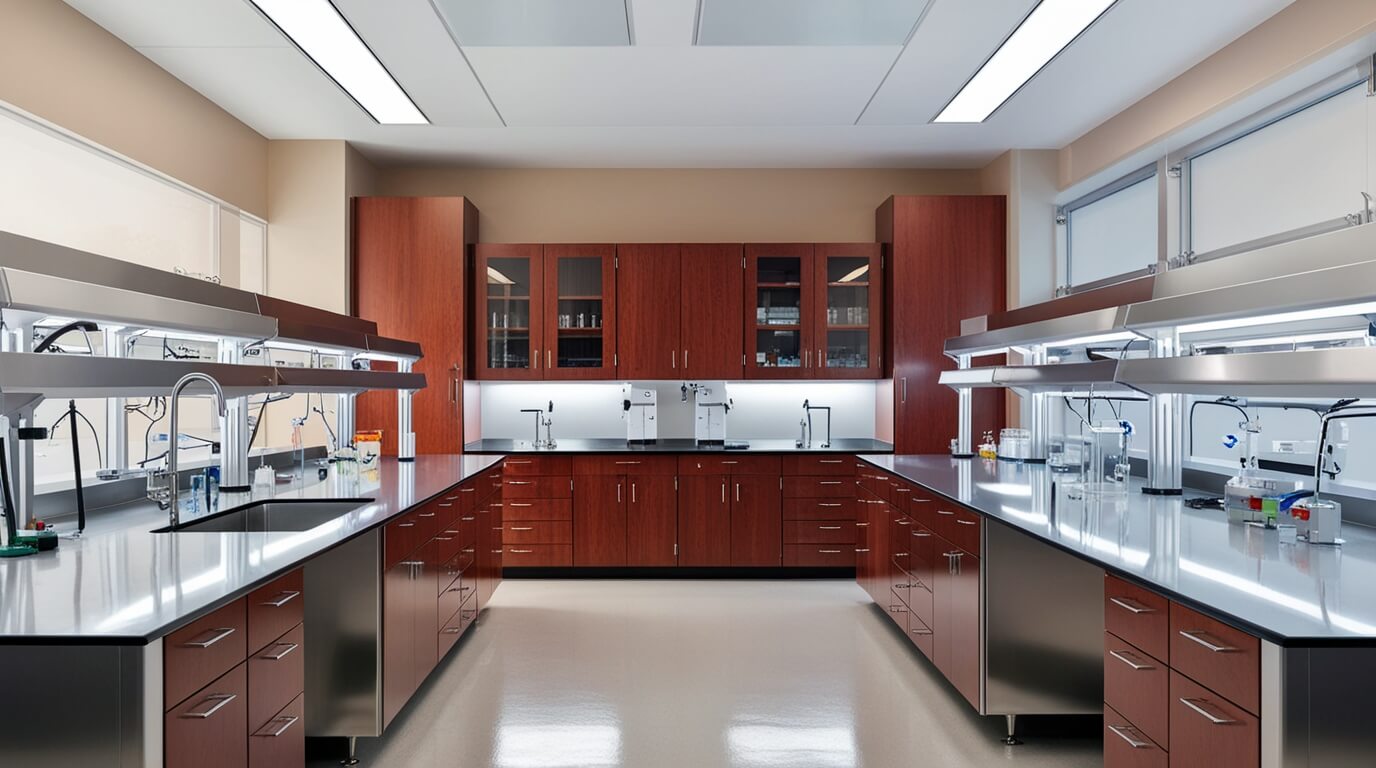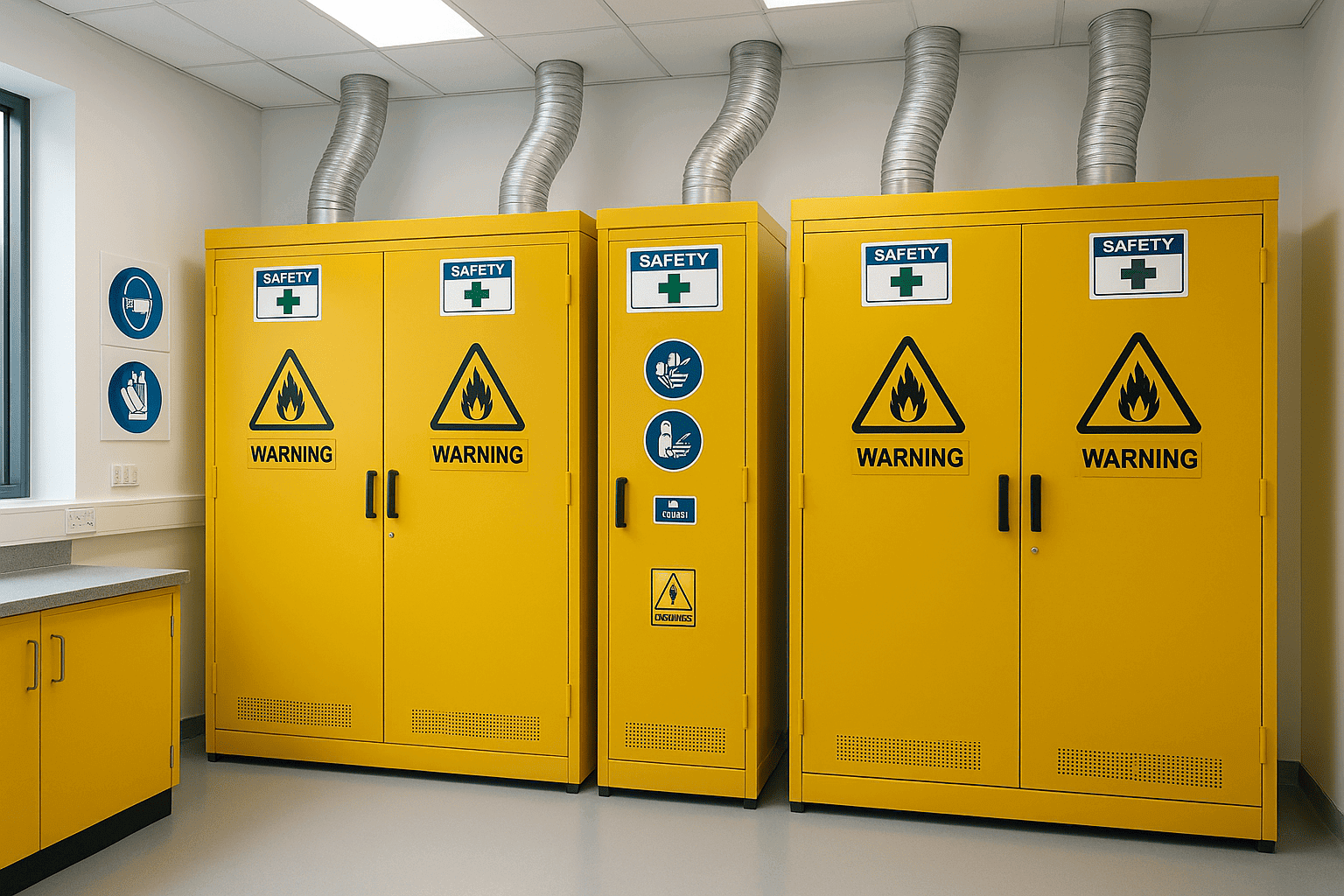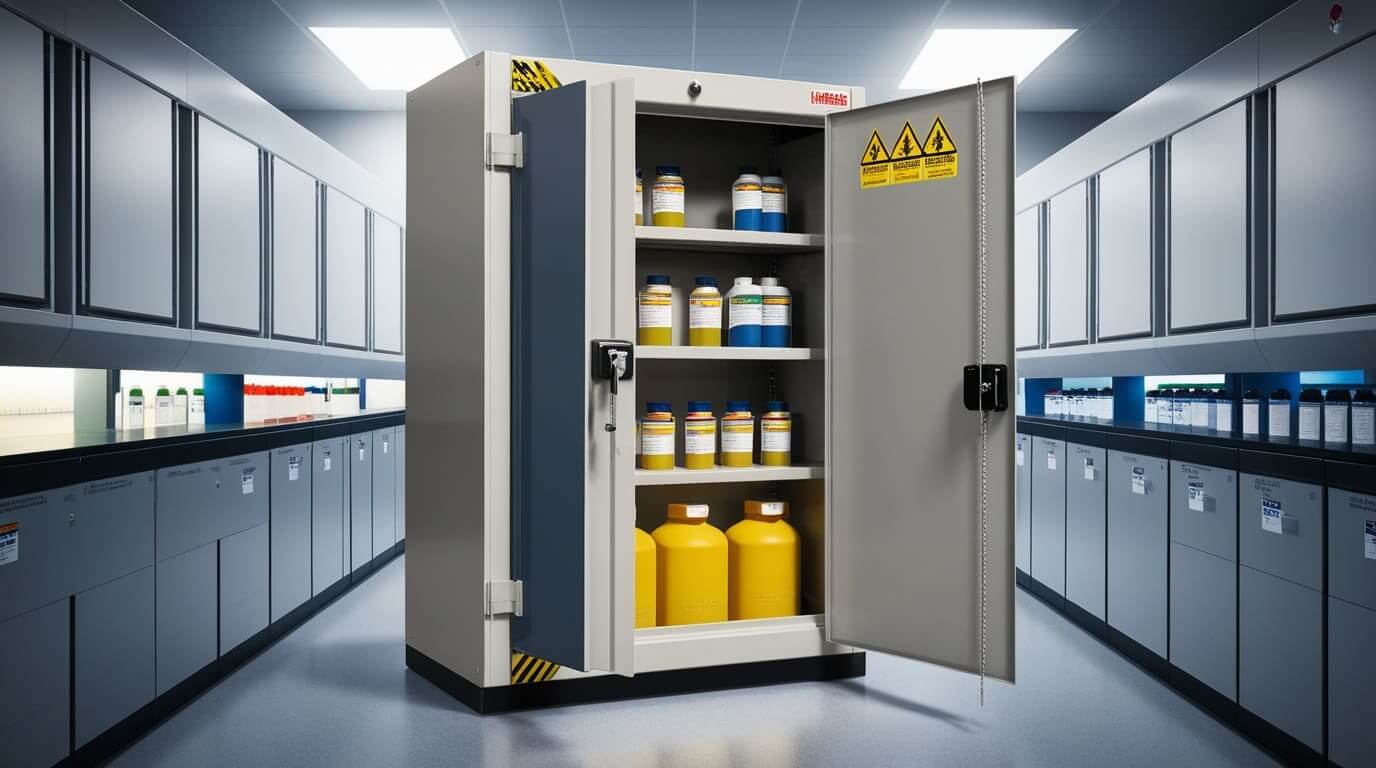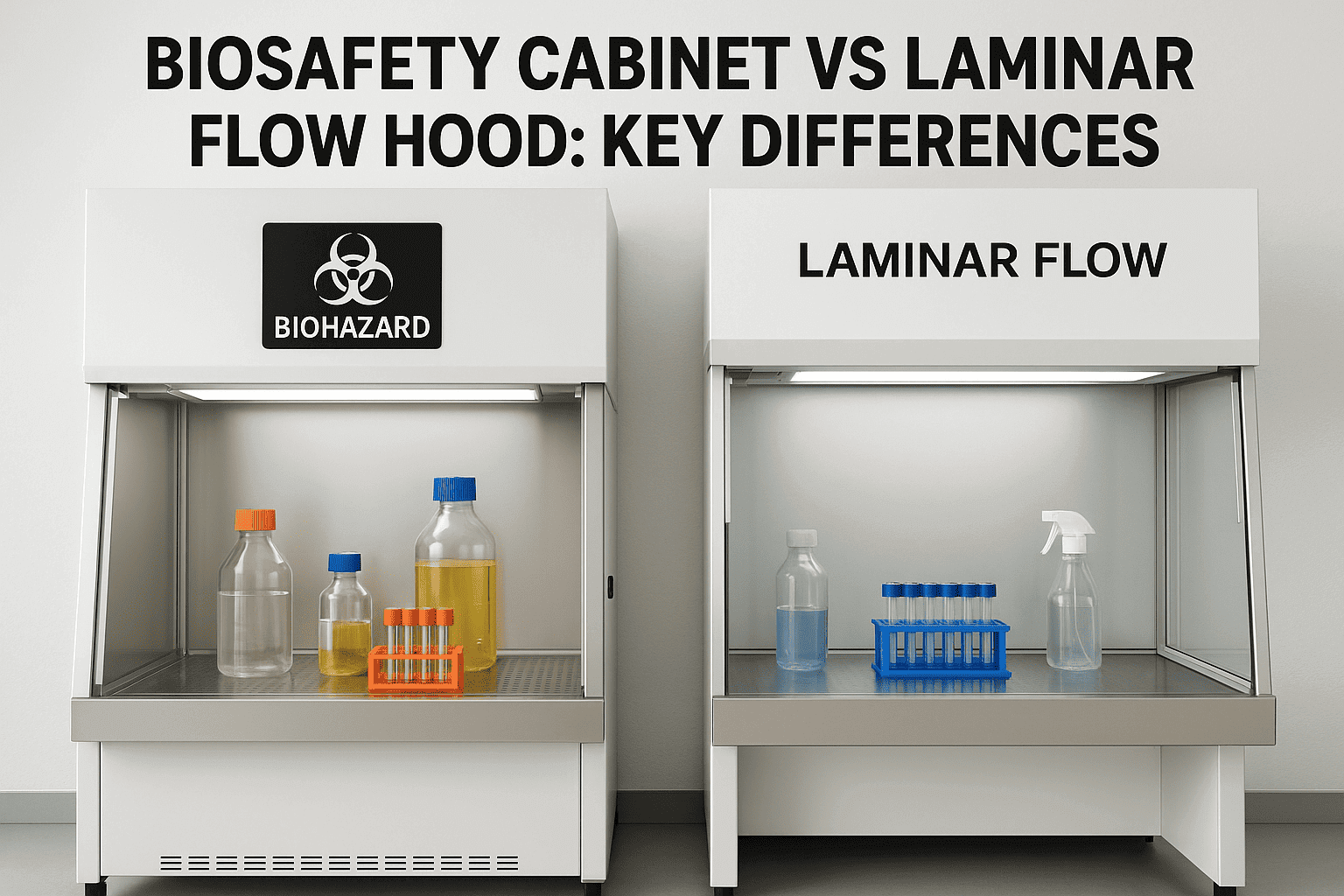
Choosing the right lab furniture is a crucial step in designing an efficient, safe, and long-lasting laboratory. Among the most common materials used for lab furniture are steel and wood, each offering its own set of advantages. When selecting between the two, it’s essential to consider key factors such as durability, chemical resistance, and cost, along with the specific needs of your industry.
Durability: Steel Takes the Lead
In terms of durability, steel lab furniture clearly outperforms wood. Steel is resistant to dents, warping, and general wear and tear. It offers a long lifespan, even in environments that demand high usage or are exposed to fluctuating temperatures and humidity levels.
Wood lab furniture, while sturdy, is more susceptible to damage over time. It can warp or swell due to moisture and is more likely to get scratched or dented under heavy use. While high-quality hardwoods and finishes can improve wood’s longevity, it still doesn’t match the resilience of steel.
Verdict: For labs requiring long-term performance and heavy use, steel is the better choice.
Chemical Resistance: Steel Wins Again

Modern labs often deal with a wide range of chemicals, some of which are highly corrosive. Powder-coated or epoxy-coated steel furniture offers excellent chemical resistance. These coatings act as a barrier between the steel and corrosive substances, ensuring that the furniture remains intact and safe to use.
Wood lab furniture can be treated with chemical-resistant finishes, but it’s still more vulnerable to spills and exposure. Over time, the finish may degrade, leaving the wood exposed and susceptible to staining or damage.
Verdict: For high-risk environments with frequent chemical use, steel furniture offers superior protection.
Cost Considerations: Wood Can Be Budget-Friendly
When it comes to cost, wood furniture is generally more affordable upfront. This makes it an attractive option for labs with limited budgets, such as schools or small research facilities. Wood is also easier to modify and repair, which can reduce long-term maintenance costs.
Steel furniture, while more expensive initially, pays off in the long run due to its durability and low maintenance requirements. For labs with high usage or long-term plans, the investment in steel can result in lower total costs over time.
Verdict: For short-term or budget-conscious projects, wood may be more cost-effective, but steel offers better value over the long haul.
Industry-Specific Recommendations
Different industries have different needs, and the choice between steel and wood lab furniture should align with those requirements:
- Healthcare and Pharmaceutical Labs: These settings require a high level of hygiene and chemical resistance. Steel lab furniture is the best choice due to its ease of cleaning, durability, and resistance to contamination.
- High-School and Educational Labs: Budget is often a key concern here. Wooden furniture can be a practical solution, especially in settings with less exposure to harsh chemicals. Proper sealing can extend its lifespan.
- Research and Testing Laboratories: Depending on the nature of research, steel is often preferred. It supports advanced equipment, resists harsh conditions, and ensures long-term functionality.
- Industrial or Chemical Labs: These labs handle corrosive substances and need robust infrastructure. Steel is the clear winner in terms of both safety and endurance.
Conclusion
Both steel and wood lab furniture have their place in laboratory design. Steel is ideal for high-demand, high-risk environments where durability and chemical resistance are critical. Wood offers a cost-effective solution for low-risk, educational, or temporary setups. By understanding your lab’s specific needs and considering the long-term implications of your furniture choice, you can make an informed decision that supports safety, efficiency, and cost-effectiveness.






